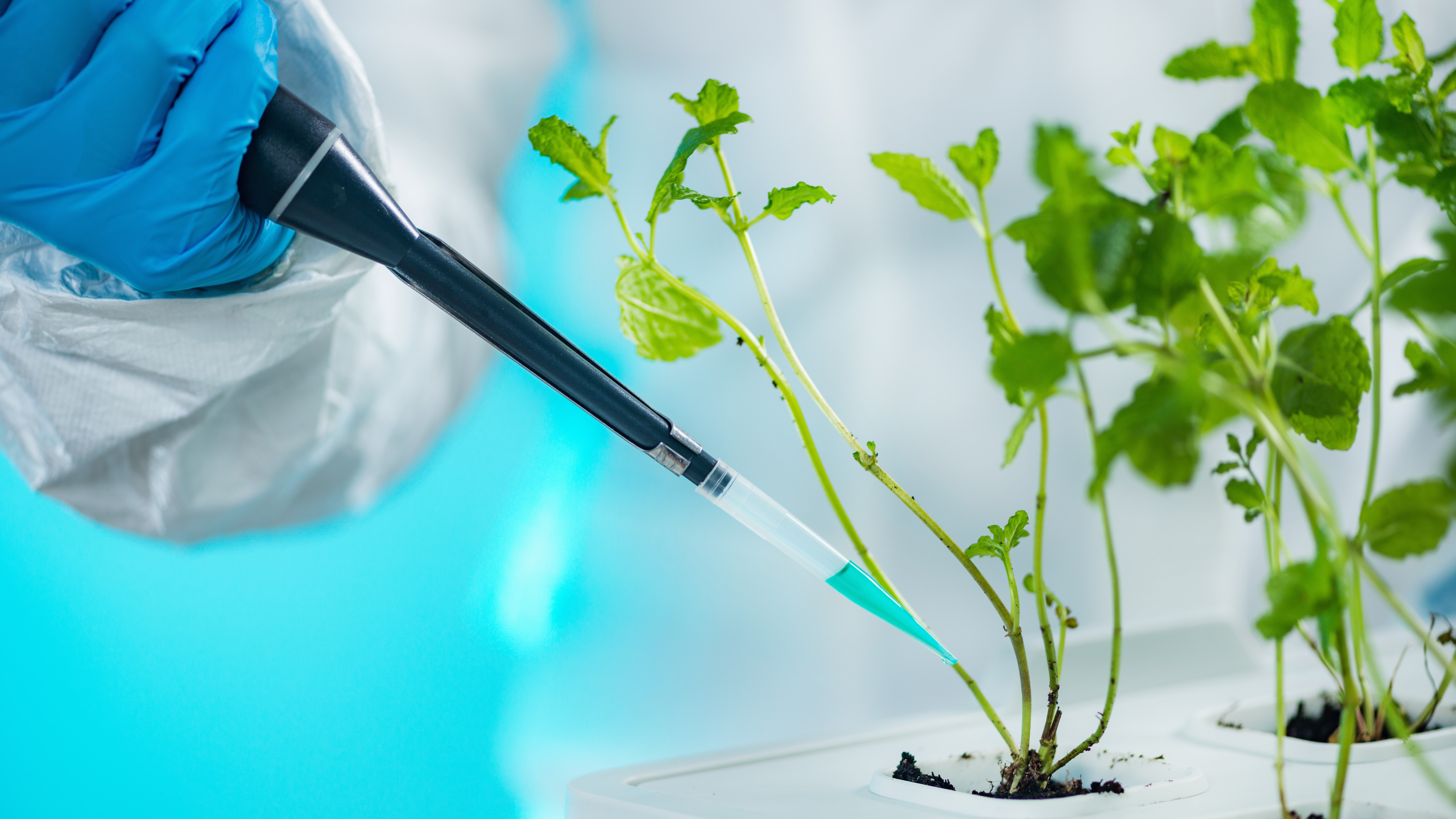Research staff of the Institute of Integrative Systems Biology (I2SysBio), of the scientific area of the University of Valencia Science Park (PCUV), obtained the first temporal map of the alterations associated with viroid infection suffered by a plant at genomic level
A research group from the Institute of Integrative Systems Biology (I2SysBio, CSIC-UV), located at the University of Valencia Science Park (PCUV), has managed to create the first temporal map of the alterations that a plant suffers as a result of a viroid infection, the smallest infectious agents known. These alterations include malformations and discoloration of the different parts of the infected plant, which can lead to significant crop losses. The study, published in the journal Plant, Cell & Environment, will help to determine the basis of the molecular response of plants to viroid infection, which is very useful for selecting resistance mechanisms in agricultural varieties.
The work led by Gustavo Gómez, CSIC scientist at I2SysBio, has studied the infection of the cucumber plant (Cucumis sativus) by the hop dwarfing viroid. It can infect a wide range of species, from vegetables to fruit trees, causing symptoms such as dwarfing, fruit spots and irregularities, and trunk furrows. To characterize the molecular response of cucumber plants during infection, the researchers used massive sequencing techniques to determine which genes are activated (gene expression), in addition to the accumulation of non-coding RNA (the material from which viroids are made) and epigenetic changes (modifications in DNA that, although they do not change the sequence of genes, generate marks that influence their level of expression).
"This project has allowed us to characterize in an integrative way the response to viroid infection at different stages of the infection," explains Gustavo Gómez, researcher at I2SysBio and coordinator of the work. In the early stage of infection, in which the viroid reaches an uninoculated plant tissue, they observed an increase in the expression of some genes, as well as changes in the identity of transcribed genes, the process of generating an RNA copy from a DNA sequence of a gene.
"This work will help to elucidate the basis of the molecular response of plants to viroid infection. This could be very useful to find mechanisms of resistance to infection that could be selected in varieties of agricultural interest", Gustavo Gómez, researcher at I2SysBio and coordinator of the work
Selecting mechanisms of resistance to infection
"In contrast, repression of gene expression predominated in the intermediate and late stages of infection," Gomez describes. This repression of gene expression was associated with epigenetic changes in DNA, a process that modifies its function. Regarding small non-coding RNAs, the alterations were limited and occurred predominantly at the end of infection. "This is the first temporal map of the alterations associated with viroid infection considering epigenetic changes and changes in the expression of coding genes and small non-coding RNAs," says the CSIC researcher.
According to Gustavo Gómez, "this work will help to elucidate the basis of the molecular response of plants to viroid infection. This could be very useful to find mechanisms of resistance to infection that could be selected in varieties of agricultural interest".
Reference:
Márquez-Molins, J., Villalba-Bermell, P., Corell-Sierra, J., Pallás, V. & Gomez, G. Integrative time-scale and multi-omics analysis of host responses to viroid infection. Plant, Cell & Environment, 46, 2909–2927. https://doi.org/10.1111/pce.14647
News


